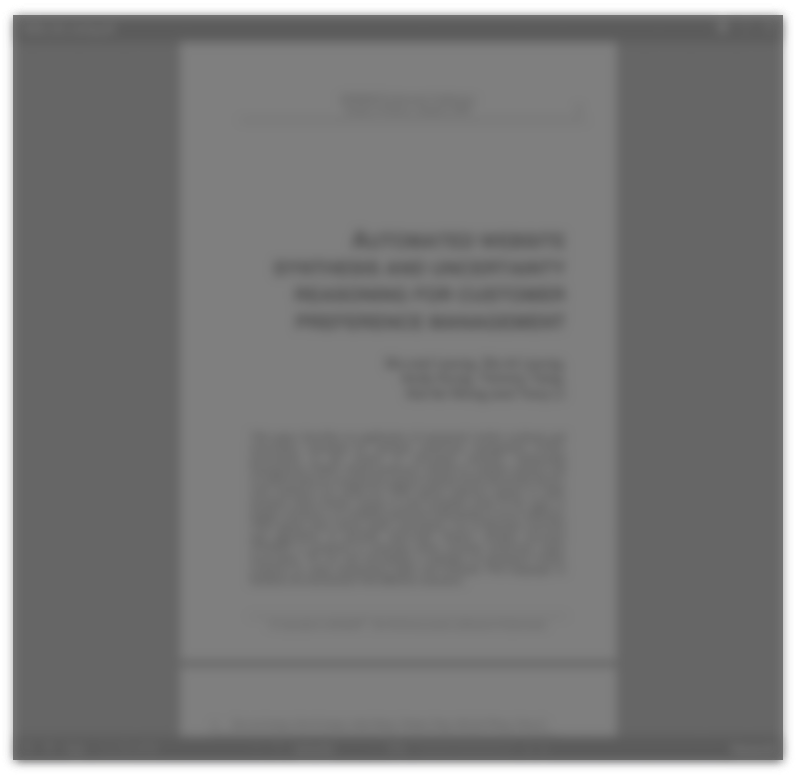Abstract:
The accepted definition of a "brand" is reviewed, and discussed in the light of the need for both R and D and marketing to be aware of what makes up the totality of a brand. While marketing has accepted that a brand has a personality and is far more than just a cipher for the product, there is still a great deal of emphasis in product development on blind testing of the basic physical product, without full attention being paid to the effect not only on product preference but also product perception of the non-physical elements, adding up to the totality of the brand. Aspects of measurement which need to be considered in sensory evaluation are briefly discussed in the light of the further emphasis this places on ensuring that a product is tested in as realistic a context as possible. Examples are given of the impact of branding upon both preference and perception, and the need to define the type of product characteristic and its descriptor which is being used, is discussed. By clarifying the difference between a "pure" sensory descriptor and one which combines sensory and imagery elements, the role of marketing action, and R and D development is also clarified. It is suggested that the totality of the brand is always considered in designing product development studies, and that the distinction between the "real" physical product, and the perception of the marketed brand is a FALSE one. Sensory and Market Research can provide a valuable channel of information between marketing and R and D by addressing these issues, and also define more clearly for the product developer and marketer what is needed from each to produce a product which most accurately meets consumer needs.







